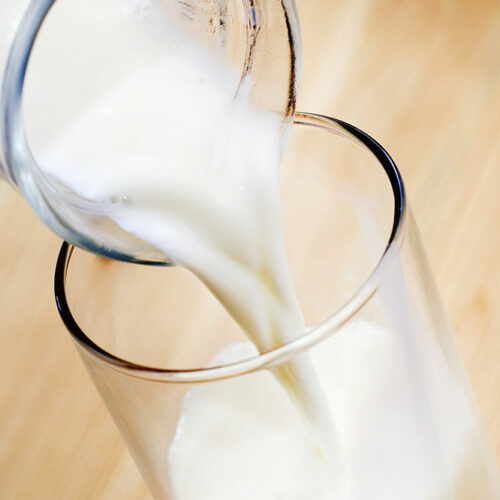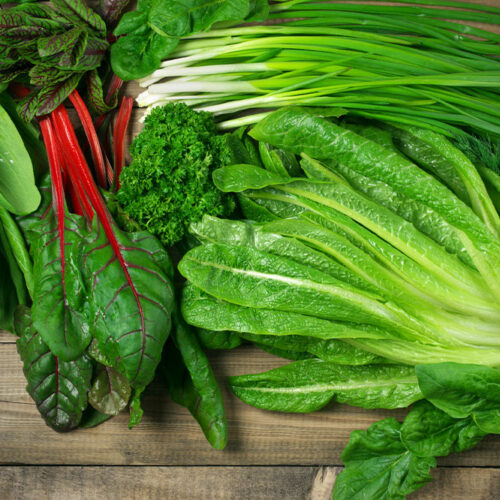6 lifestyle habits that may disrupt menstrual cycle

The menstrual cycle is a complex natural process controlled by female hormones and causes regular bleeding (periods). However, this cycle could be interrupted due to several factors, including pregnancy, menopause, or underlying health complications. As a result, the period may occur early or late, along with a difference in the blood flow. But apart from natural factors, one might also make these six lifestyle errors that may affect their menstrual cycle. Stressing out Stress caused by factors, including work, personal issues, or other reasons, could be unhealthy for one’s overall well-being. When an individual is stressed, it may cause problems with the gonadotropin-releasing hormone (GnRH), which helps regulate ovulation and menstruation. So the period may stop or change from its normal pattern. While this may not cause long-term problems, it is recommended to look for ways to reduce stress. For example, one could indulge in yoga, tai-chi, breathing exercises, and other techniques to improve mental well-being. Exercising excessively Regular exercise is one of the best ways to maintain physical and mental health. However, intense routines may apply more stress on the body, which might tamper with the hormones responsible for the period. Therefore, it is important to avoid high-intensity exercises if one’s menstrual cycle is affected.






